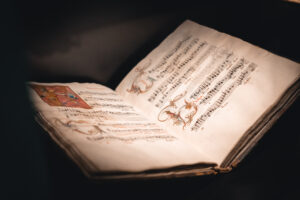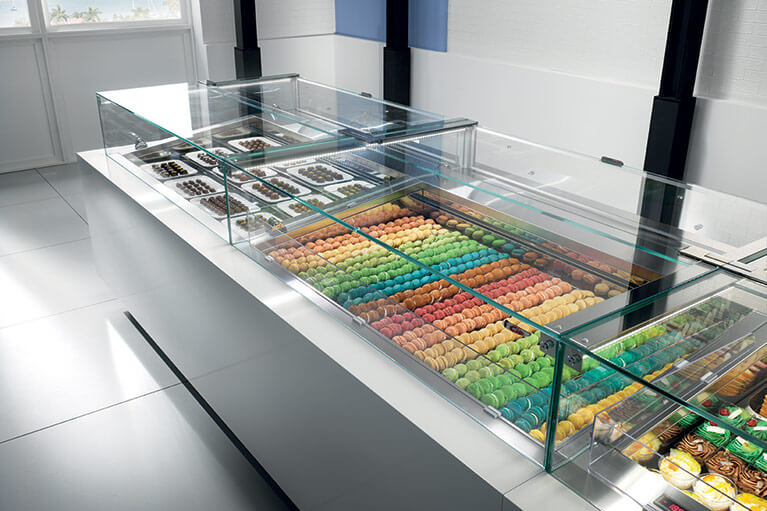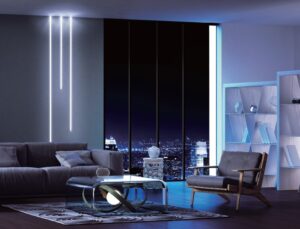Low-temperature light is gaining attention in environments where delicate items are displayed. but what exactly is low-temp lighting and why is it so important?
Let’s take a look at showpieces in the art world. When a museum exhibits a Van Gogh or a Picasso, they want to protect that work as best they can. Not just from thieves or visitors with a different view on art. Even if a masterpiece is left hanging on the wall, it could be at risk. Especially rapid changes in humidity or heat can have a negative impact.

Air conditioning and light control
Therefore, studies recommend that valuable works be handled with care. A well-sealed display box or an air-conditioned room can already help a lot.
What has also received more attention in recent years is the lighting of artworks. You can’t fully appreciate a beautiful work in the dark, but too much light can unnecessarily accelerate the aging process.
Light and heat can be detrimental to works of art or old manuscripts, causing brittle paper, discoloration, and eventually disintegration.
Retail displays
Retail displays with food, beverages, cosmetics, or perfume, for example, are also at risk. Foods spoil faster in heat and lose their flavor or color when exposed to too much light. Even an expensive sneaker had better be safely displayed to minimize aging.
The solution to this? Low-temperature lights with limited lux output.

Museum experience: 50 lux and 10°C
To showcase sensitive contents of presentation cabinets and displays in optimal condition, it is best to limit the light value to 50 lux and the temperature variation to less than 10°C.
But light produces heat, right?
That used to be a bigger problem than it is now. With the advent of highly efficient LED lights, much less energy is lost in heating for the same light output. This is a good thing for manuscripts in museums or libraries, for example. Yet it is best to avoid any unnecessary lux.
As a valued partner for museums worldwide, Vivalyte has a lot of experience in the selection and installation of low-lux lighting. We can set the LED lighting to 50 lux, the minimum illumination level required to perceive details with the naked eye. With our super-efficient led lights, we also keep the temperature variation compared to the ambient temperature safely below 10°C.
Besides that, LED light is a light source that does not contain the infrared and ultraviolet radiation that is harmful to art and the light levels are perfectly controllable. By using the right lenses and covers we also ensure that there is no disturbing glare.
In short: a pleasant experience for visitors in a safe environment for the precious items on display!
An example: how does the Royal Library protect precious old manuscripts from light?
The KBR, the Royal library of Belgium, is the national scientific library. Based in Brussels, they safeguard magnificent works from centuries of history, including the manuscripts of the Dukes of Burgundy. To safely exhibit their collection, the light is closely controlled:

- The LED lighting in the museum is set at 50 lux, which is the minimum level of lighting needed to perceive the details in miniatures with the naked eye.
- Only LED light is used in the museum: a light source without infrared and ultraviolet radiation. The natural light that enters the museum space is also severely restricted, because it contains ultraviolet and infrared radiation and also has variable light
levels, which are difficult to control. - They regularly change the folios and manuscripts on display. Based on the total dose of light exposure, they calculate how long a folio can be exposed to light and how long it should rest afterward.
(tip: you can visit the museum digitally)


